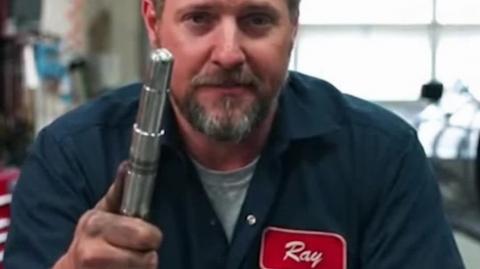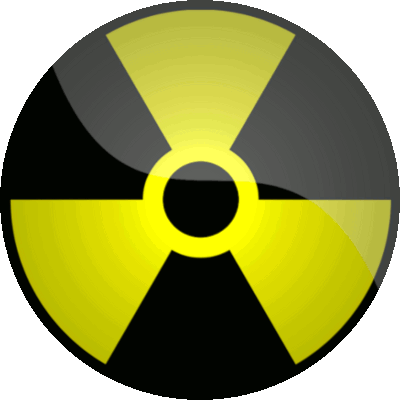This is one of the worlds most specialist refrigerators - to within 0.1*C of Absolute Zero.
0
0
23 vistas
Publicado en 10 Jul 2025 / En
Cine y Animación
Mostrar más
0



 Redacted News
Redacted News
 MikePompeoFanboy
MikePompeoFanboy
 Coach_Corey_Wayne
Coach_Corey_Wayne
 Billy Von Bomb
Billy Von Bomb
 TateSpeech
TateSpeech

 TheQuartering
TheQuartering
 NerokeFive
NerokeFive![Ep 3795a - Trump Is Shutting Down The [CB] Economic Narrative & Creating A New One](https://cdn.mgtow.tv/upload/photos/2025/12/c63b49636ebef89a5d22f04f41fa0dbf719e8ca2QTqKJg6JHuGuvE5kXlwf.video_thumb_high.jpg)
 X22 Report
X22 Report
 TheSaltyCracker
TheSaltyCracker

 RT
RT
 Styxhexenhammer666
Styxhexenhammer666
![[+16] DUDE GETS CAUGHT CHEATING WITH THIS.. (BRAZIL) >> MARRIAGE WITH THE WRONG ONE IS HELL !! ^^](https://cdn.mgtow.tv/upload/photos/2025/12/Im4WU5x2j5DUfFpW2iNR_12_645545ff7759b78835ad950b8de9ebdd_image_thumb_high.jpg)
 Doggk
Doggk
 Freshfit
Freshfit
 Angry Guy
Angry Guy
 Life_N_Times_of_Shane_T_Hanson
Life_N_Times_of_Shane_T_Hanson
 Timcast IRL
Timcast IRL

Log in to comment
The absolute zero is defined as 0 K on the Kelvin scale,
Equivalent to −273.15 °C on the Celsius scale,
And −459.67 °F on the Fahrenheit scale.
The original title:
"We Turned A Thermonuclear Bomb Into A Refrigerator"
I changed it to something less misleading and more accurate.
It's a special refrigerator, that is actually using the radioactively decayed Tritium (Hydrogen Isotope) that becomes Helium 4 and Helium 3 (Helium Isotopes), to create 0.3*Kelvin (almost absolute zero) or around MINUS 273*C - this refrigerator is to cool special astronomical cameras to detect infrared - that only super cooled cameras can detect.
It's one hell of a specialist device with SO much cleverness, in it's development and preceeding it's development.
So I thought I should share the information with you.
I am not sure of everything - but these kinds of devices are in the James Webb telescope camera - one of them - like this gets into really specialist stuff and really technical stuff and information that is kind of rare and hard to come across..
https://en.wikipedia.org/wiki/Isotopes_of_helium
Helium-3
Main article: Helium-3
3He is the only stable isotope other than 1H with more protons than neutrons. There are many such unstable isotopes, such as 7Be and 8B. There is only a trace (~2ppm)[16] of 3He on Earth, mainly present since the formation of the Earth, although some falls to Earth trapped in cosmic dust.[7] Trace amounts are also produced by the beta decay of tritium.[27] In stars, however, 3He is more abundant, a product of nuclear fusion. Extraplanetary material, such as lunar and asteroid regolith, has traces of 3He from solar wind bombardment.
To become superfluid, 3He must be cooled to 2.5 millikelvin, ~900 times lower than 4He (2.17 K). This difference is explained by quantum statistics: 3He atoms are fermions, while 4He atoms are bosons, which condense to a superfluid more easily.
Helium-4
Main article: Helium-4
The most common isotope, 4He, is produced on Earth by alpha decay of heavier elements; the alpha particles that emerge are fully ionized 4He nuclei. 4He is an unusually stable nucleus because it is doubly magic. It was formed in enormous quantities in Big Bang nucleosynthesis.
Terrestrial helium consists almost exclusively (all but ~2ppm)[16] of 4He. 4He's boiling point of 4.2 K is the lowest of all known substances except 3He. When cooled further to 2.17 K, it becomes a unique superfluid with zero viscosity. It solidifies only at pressures above 25 atmospheres, where it melts at 0.95 K.